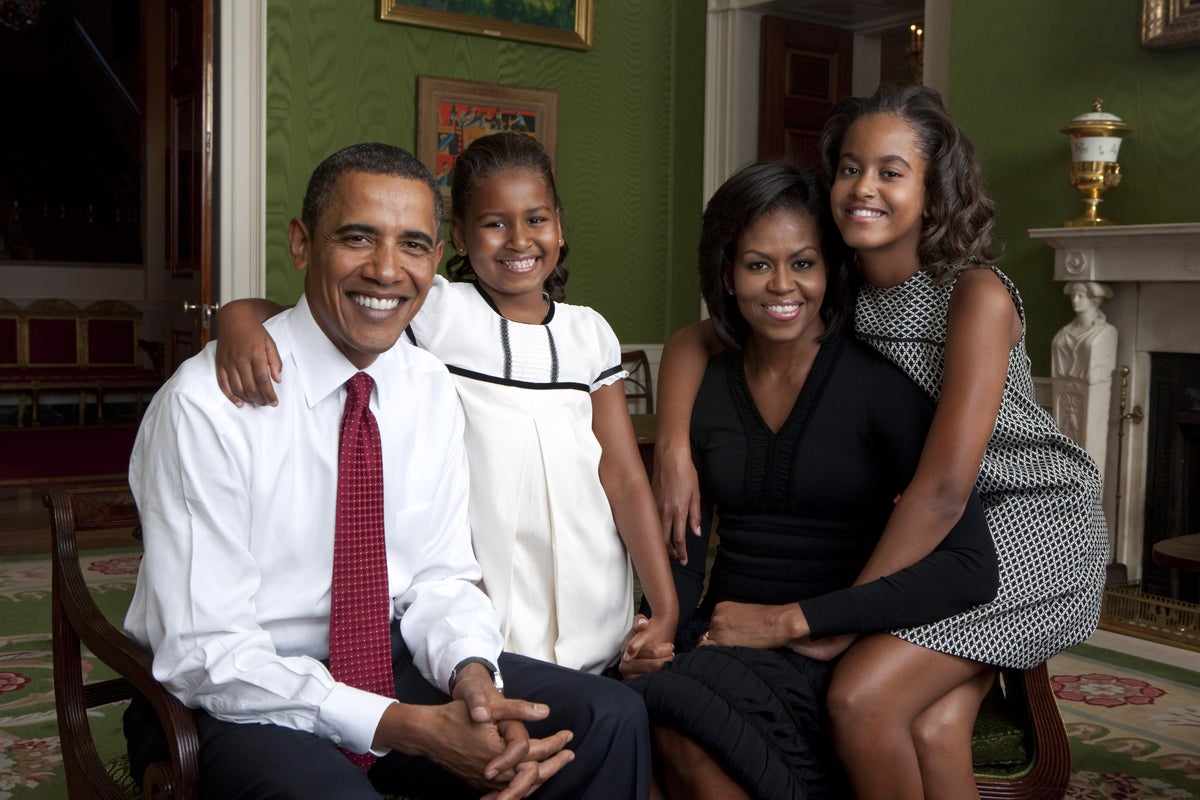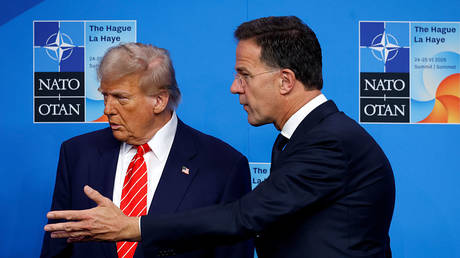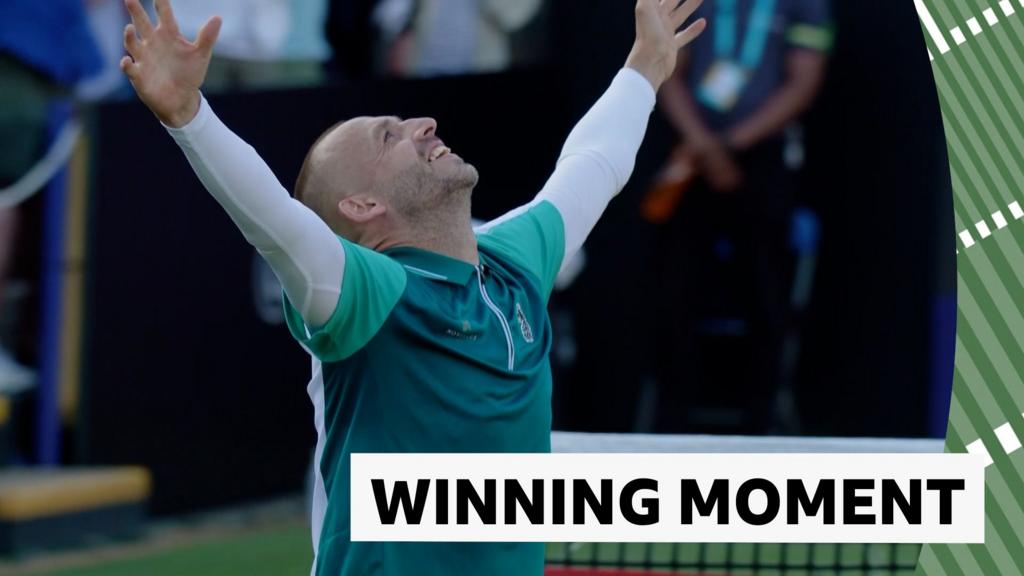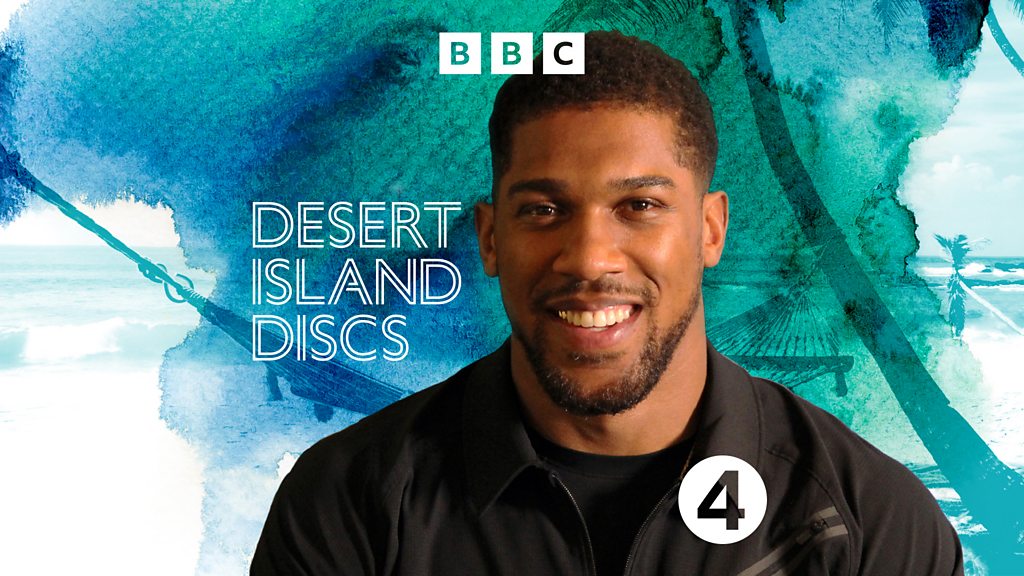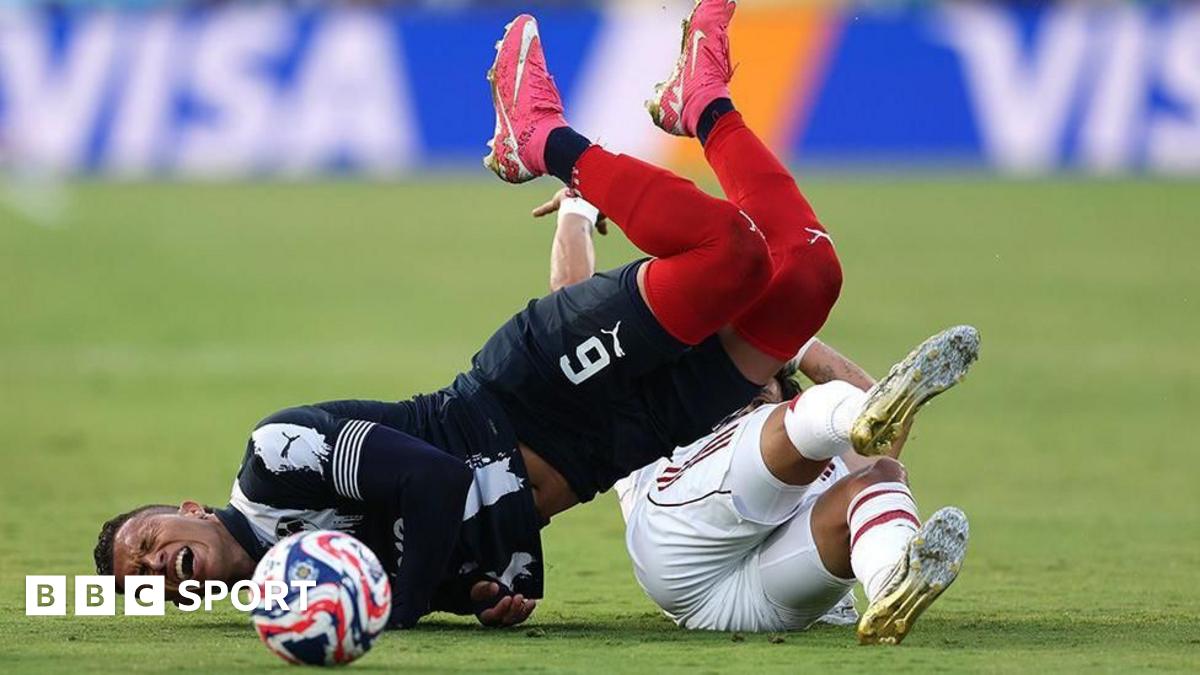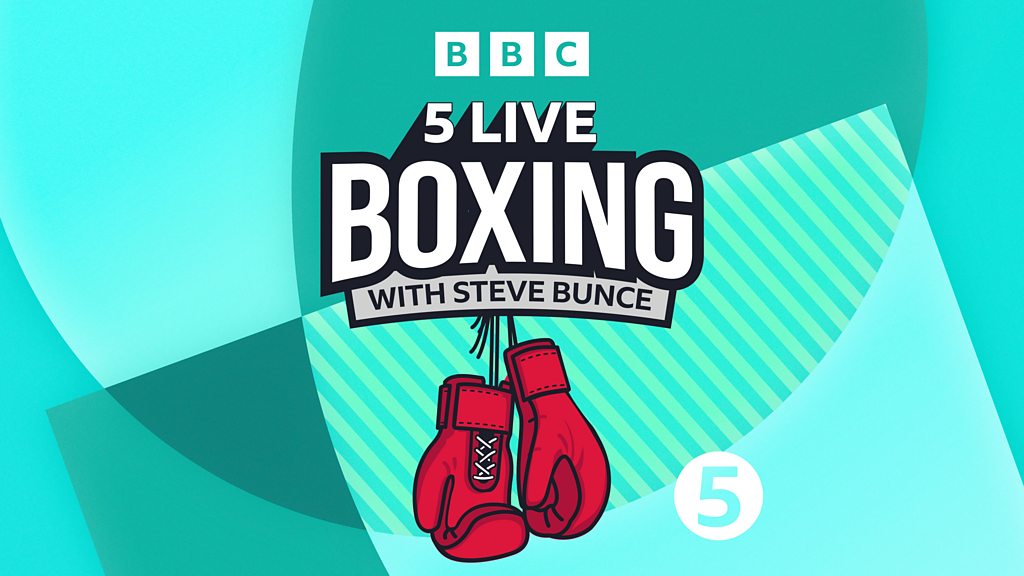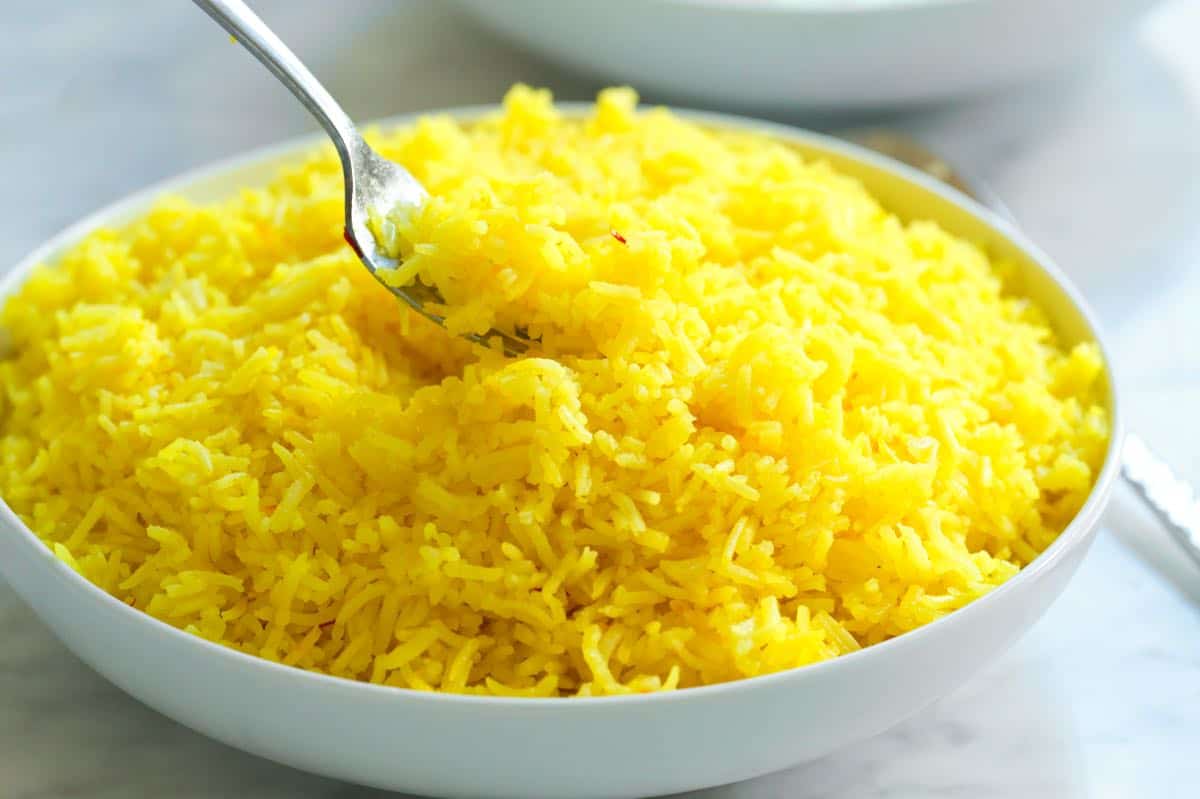Twitter vs Threads: A Comprehensive Comparison of Social Media Platforms

Key Takeaways

- Distinct Platforms: Twitter excels in real-time updates and quick engagement, whereas Threads focuses on deeper, more conversational interactions and community building.
- Post Formats: Twitter allows concise posts of up to 280 characters (or 10,000 for verified accounts), while Threads supports longer posts of up to 500 characters, enhancing storytelling opportunities.
- User Engagement: Twitter prioritizes rapid responses and trends with tools like polls, while Threads encourages meaningful conversations and community connections through longer content.
- Integration Benefits: Threads integrates seamlessly with Instagram, allowing brands to amplify their storytelling and presence across both platforms.
- Content Discovery: Twitter’s algorithm highlights trending topics for immediate visibility, whereas Threads fosters exploratory strategies for rich media content and in-depth discussions.
- Strategic Use: Combining the strengths of both Twitter and Threads can maximize engagement rates and improve overall social media strategy for businesses.
In the fast-paced world of social media, the battle between Twitter and Threads has captured everyone’s attention. Both platforms offer unique ways to connect and share ideas, but they cater to different audiences and styles of communication. If you’re trying to decide which platform suits your needs best, you’re not alone.
As you navigate the nuances of each platform, you’ll find that they each have their strengths and weaknesses. From Twitter’s rapid-fire updates to Threads’ more conversational approach, understanding these differences can help you engage more effectively. Dive into this comparison to uncover what sets these two giants apart and discover which one aligns with your social media strategy.
Overview Of Twitter And Threads

Twitter and Threads serve distinct roles in the social media landscape, impacting small business social media strategies. Twitter offers rapid updates and concise communication, making it ideal for real-time engagement and current events. Its character limit encourages impactful messaging and effective use of hashtags, enhancing brand awareness and social media engagement. Businesses can leverage Twitter for customer interaction, feedback, and brand consistency through timely responses and strategic content sharing.
Threads, on the other hand, focuses on a more conversational experience, encouraging deeper discussions and community building. Its integration with Instagram allows businesses to extend their brand voice and storytelling efforts, fostering organic growth and enhancing online presence. Users can create longer-form content, enabling thorough brand narratives and influencer partnerships that resonate with audiences.
Both platforms play critical roles in your social media marketing efforts. While Twitter excels in immediate reach and quick updates, Threads supports organic reach and content creation through more in-depth exchanges. Adjusting your social media campaigns to include both can maximize your engagement rate and align your messaging with community dynamics, ultimately driving social media growth for your small business.
Key Features Comparison

Understanding the key features of Twitter and Threads enhances your small business social media strategy. Each platform offers unique tools that can boost your social media marketing efforts.
User Interface And Experience
Navigating Twitter (now X) provides a fast-paced user experience, suitable for real-time engagement. The timeline displays posts chronologically, allowing you to quickly catch up on trending topics. Hashtags play a crucial role, enabling users to categorize content and track discussions. Threads emphasizes a more relaxed atmosphere, fostering deeper conversations among users. The integration with Instagram enhances user familiarity, making it easier for your audience to switch between platforms while maintaining brand consistency.
Post Length And Format
Twitter allows concise posts of up to 280 characters, although verified accounts can extend this to 10,000 characters. This brevity aids in creating impactful social media posts that garner quick interaction. You can also share up to 4 images and videos lasting 2 minutes and 20 seconds, or 1 hour with Twitter Blue, making it a versatile option for content creation. On the other hand, Threads permits posts up to 500 characters and allows up to 10 images and videos lasting 5 minutes. The longer post length on Threads supports storytelling and gives you the opportunity to engage your audience with more detailed narratives.
Both platforms provide valuable options for social media engagement tailored to your business goals. An effective approach may combine the strengths of each platform to maximize your organic reach and engagement rate.
Audience Engagement Strategies

Understanding audience engagement strategies on Twitter (X) and Threads can enhance your small business social media campaigns. Each platform promotes distinct interaction styles, shaping how customers engage with your brand.
Follower Interaction
Twitter excels in follower interaction through real-time engagement and rapid response capabilities. You can leverage this by creating polls, questions, and live streams that invite immediate feedback. Increased Twitter engagement leads to quicker customer interaction, allowing you to build stronger relationships with your audience. Utilize hashtags for wider visibility and encourage user-generated content to boost organic reach and brand awareness.
Threads, on the other hand, emphasizes meaningful conversations over rapid exchanges. You can foster deep interactions by crafting longer-form content that ties back to your brand voice and storytelling efforts. This platform encourages genuine connections, allowing you to build a community around your brand. Engaging discussions can lead to higher loyalty among your social media followers.
Content Discovery
Content discovery varies significantly between the two platforms. Twitter’s algorithm surfaces trending topics and tweets tailored to user interests, optimizing content marketing efforts. By participating in relevant conversations, you raise your brand’s profile and attract engagement from potential customers.
Threads prioritizes the depth of content over breadth, making it ideal for more exploratory social media strategies. You can create in-depth discussions and share rich media content, enhancing customer interaction. Focusing on a content calendar to plan posts ensures consistency and maximizes your reach. When combined effectively, both platforms can provide comprehensive tools for social media marketing that drive business growth and improve social media ROI.
Platform Strengths And Weaknesses

Understanding the strengths and weaknesses of Twitter and Threads helps you tailor your small business social media strategy effectively.
Twitter Advantages
- Large User Base and Reach: Twitter boasts over 500 million active users. This extensive audience offers your business broad opportunities for brand awareness and engagement through organic reach and targeted social media ads.
- Advanced Features and Customization: Twitter’s features, including customizable feeds and options to mute specific words or accounts, allow you to optimize your content creation process. Tailor your posts for maximum impact using hashtags and content calendars.
- Trending Topics and Real-Time News: With its trending topics, Twitter excels as a hub for social media engagement and current events. Use this feature to connect your brand with relevant conversations and enhance your visibility.
- Advertising and Monetization: Twitter provides various advertising options, including promoted tweets and influencer marketing campaigns. Utilize Twitter analytics to track your campaign performance, ensuring your social media ROI aligns with your goals.
Threads Advantages
- Community Building: Threads encourages more meaningful interactions through longer-form content. Foster deeper connections with your audience by using storytelling techniques and engaging discussions.
- Integration with Instagram: Threads’ integration with Instagram allows for seamless content sharing between platforms. This feature enhances your branding efforts, amplifying your online presence across various social media platforms.
- Focus on Interaction: Threads promotes community management, enabling you to engage customers in conversation. Building a loyal follower base can significantly boost your engagement rate and organic growth.
- Less Noise: Threads prioritizes thoughtful interactions over short updates. This environment can help your brand stand out by creating a consistent brand voice that resonates with your target audience while maintaining high content quality.
Conclusion

Choosing between Twitter and Threads ultimately depends on your social media goals. If you’re looking for real-time engagement and quick updates Twitter might be your best bet. On the other hand if you value deeper conversations and community building Threads could serve you better.
Both platforms have unique strengths that can enhance your brand’s online presence. By leveraging the advantages of each you can create a more comprehensive social media strategy that resonates with your audience. Embrace the differences and find the right balance to maximize your engagement and growth.
Frequently Asked Questions

What are the main differences between Twitter and Threads?
Both platforms cater to different social media strategies. Twitter focuses on quick updates and real-time engagement, allowing concise posts of up to 280 characters. In contrast, Threads encourages longer, more conversational content of up to 500 characters, fostering community and deeper discussions.
How can businesses benefit from using both platforms?
Utilizing both Twitter and Threads allows businesses to engage quickly with audiences while also nurturing deeper connections through longer-form content. This combined approach can drive growth and enhance brand storytelling and visibility.
Which platform is better for real-time engagement?
Twitter is superior for real-time engagement, thanks to its fast-paced nature and tools like polls and live streams. Businesses can leverage these features to gather immediate feedback and connect with their audience on trending topics.
How does audience engagement differ on Twitter and Threads?
On Twitter, engagement is often immediate and direct, supporting quick interactions. Threads, on the other hand, promotes meaningful conversations, encouraging users to engage in deeper discussions, which fosters community loyalty.
Can I integrate Threads with Instagram for my business?
Yes, Threads is seamlessly integrated with Instagram, allowing businesses to enhance their branding efforts. This integration helps companies share their stories more effectively and connect with audiences on both platforms.
Image Via Envato
This article, "Twitter vs Threads: A Comprehensive Comparison of Social Media Platforms" was first published on Small Business Trends
What's Your Reaction?
 Like
0
Like
0
 Dislike
0
Dislike
0
 Love
0
Love
0
 Funny
0
Funny
0
 Angry
0
Angry
0
 Sad
0
Sad
0
 Wow
0
Wow
0



